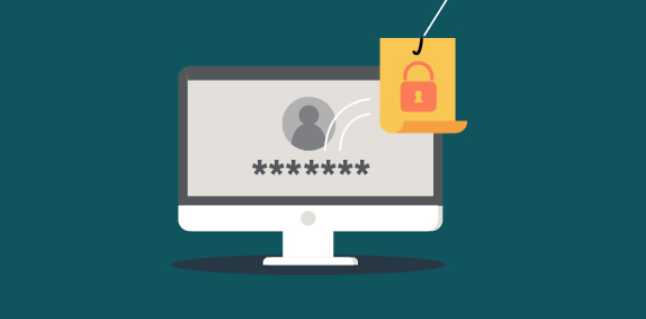Safeguarding Your Personal Email: Top 5 Ways to Identify Phishing Scams
Phishing scams continue to pose a significant threat not only to businesses, but also to personal email accounts. These deceptive attacks aim to trick unsuspecting users into revealing sensitive information or downloading malicious software. In this blog, we’ll explore the top 5 ways to identify phishing scams in popular email applications like Gmail, Outlook, or other used email applications. By understanding the red flags and implementing necessary precautions, you can safeguard your personal information from falling into the wrong hands.
- Suspicious Sender Address: One of the initial signs of a phishing email is an unusual or suspicious sender address. Cybercriminals often mimic legitimate email addresses to appear trustworthy. Check for slight variations in the domain name or spelling errors in the sender’s email address. Verify the sender’s authenticity by cross-referencing it with known contacts or company websites.
- Urgency and Emotional Manipulation: Phishing emails frequently create a sense of urgency to prompt quick action. Beware of emails that demand immediate attention, threaten account suspension, or offer enticing rewards. Cybercriminals employ emotional manipulation techniques to exploit fear or excitement. Take a step back, evaluate the situation, and consider reaching out to the organization directly through official channels.
- Unusual Requests for Personal Information: Legitimate organizations typically don’t request personal or financial information via email. Be cautious if an email asks you to provide passwords, credit card details, or social security numbers. Trusted organizations employ secure methods for collecting sensitive information and rarely do so via email. If in doubt, contact the organization using verified contact information to verify the request.
- Poor Grammar and Spelling Mistakes: Phishing emails often contain grammatical errors, awkward phrasing, or misspelled words. These mistakes can indicate a lack of professionalism and attention to detail on the part of the scammer. Genuine organizations usually have stringent quality control measures for their communications. Pay close attention to such errors as they can be a strong indicator of a phishing attempt.
- Suspicious Links and Attachments: Hover over links before clicking on them to reveal the actual URL destination. Phishing emails may contain deceptive links that appear legitimate but redirect to malicious websites. Similarly, be cautious of email attachments, especially from unknown senders. Attachments can contain malicious malware that compromises your personal computer’s security. Always scan attachments with antivirus software before opening them.
Conclusion: By familiarizing yourself with these top 5 ways to identify phishing scams in personal email applications, you can strengthen your defenses against cybercriminals. Remember to remain vigilant, exercise caution when handling suspicious emails, and never share personal or financial information without proper verification. Regularly updating your antivirus software and implementing security patches can further reduce the risk of compromising your personal computer. Stay informed and stay safe!
References:
How to Recognize and Avoid Phishing Scams | Consumer Advice (ftc.gov) Recognizing and Avoiding Email Scams (cisa.gov)



